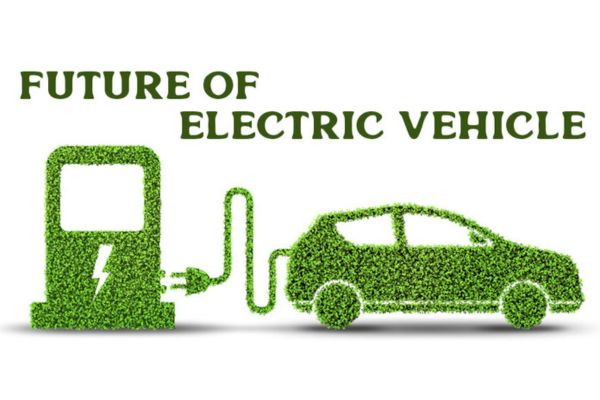The automotive industry is shifting towards sustainability by embracing green technologies like electric vehicles. This transition is a crucial step in driving the country toward a cleaner and eco-friendly future.
The transportation sector in India is rapidly growing and with the development comes traffic jams, higher fuel costs, and pollution. There is a growing need to move away from traditional fuel-based vehicles and adopt greener options. Electric vehicles are becoming easier to use and more accessible. The growing adoption of EVs signifies an increasing societal awareness and commitment to more responsible mobility.
This development represents a timely and essential progression toward establishing sustainable transport infrastructures. Notably, electric two- and three-wheelers are emerging as highly practical and rapidly expanding solutions. They’re effectively addressing some of the most critical challenges of urban life.
With EVs gaining a lot of traction in recent years, the article explores the reasons behind the great relevance of modern, sophisticated, environment friendly transportation in swiftly urbanizing metropolises.
Sustainability
As 2025 progresses, sustainability is becoming a key driver in transforming transportation and mobility. Beyond just reducing emissions, the focus has expanded to reimagining the movement of people, the functioning of cities, and the energy that powers every journey. Electric vehicles are central to this shift, their growing popularity reflecting a desire for cleaner travel.
These vehicles aim to redefine mobility, not just replace old cars. They reduce pollution, improve the driving experience, and minimize long-term costs. Powered by renewables and supported by recycling, they create a more sustainable and smarter transport system for everyone. EVs promoting sustainability directly improve mobility by reducing pollution, reducing reliance on fossil fuels, and making transportation more efficient, ultimately making cities more livable.
Solar charging lessens grid strain, and vehicle-to-grid technology stabilizes energy systems by allowing EVs to support renewable sources like wind and solar.
While progress is ongoing, the advancements in clean energy, infrastructure, and technology are leading us toward a future of sustainable and accessible transportation for both people and the planet.
Technology Advancement
The perks of electric mobility are not only limited to clean energy but the future of this revolution vouches for intelligent innovation as well. One of the most important developments gaining popularity is the integration of artificial intelligence and autonomous driving features.
Electric vehicles are becoming smarter with systems that can adapt to traffic, learn from driver habits, and even detect issues before they occur. These innovations promise a safer, more responsive, and more personalised driving experience. From real-time navigation updates to intelligent braking and voice-assisted controls, the use of artificial intelligence is transforming how we think about transportation. Fully automated electric vehicles may still be on the horizon, but semi-autonomous features are already making a difference.
This radical change is bringing these advancements into everyday mobility. By combining clean energy with smart technology, the aim is to offer vehicles that are not only environmentally responsible but also equipped for the future.
The Last Mile Connectivity
In busy cities with crowded roads and narrow streets, the final stretch of any journey often turns out to be the hardest. It could be the short walk from a metro station, a gap between a bus stop and your destination, or getting around neighborhoods where bigger vehicles cannot go.
Electric vehicles are quietly making those shorter trips a lot easier. Small ‘electric rickshaws’ on the run, ‘electric scooters’ meandering through the traffic, or shared rides that take people where they need to go. They are offering a smoother and cleaner way to travel those shorter distances.
These vehicles just slot right into those crowded spots, glide through traffic without a fuss, and really cut down on the noise and the fumes. In places where regular gas-guzzlers struggle or just aren’t practical, these electric choices are becoming the obvious, smarter way to get around.
With smart mobility becoming the norm, electric options are appearing precisely where they’re needed most. Charging stations and battery swap points ensure these vehicles can keep moving without lengthy interruptions.
As more people look for cleaner and quicker ways to get around, electric vehicles are making last mile travel simpler, greener, and more reliable.
Conclusion
The efforts for the reduction of air pollution are something that has to be unanimous. Using two- or three-wheeler EVs is literally a win-win situation as it includes everything from transportation to the safety of the environment. This gradual move towards an eco-friendly society supports the advancement of EVs in the country. This will set the course for a healthy and comfortable future.

By Mrs. Gunjan Malhotra, Co-founder and Managing Director, Komaki Electric

















